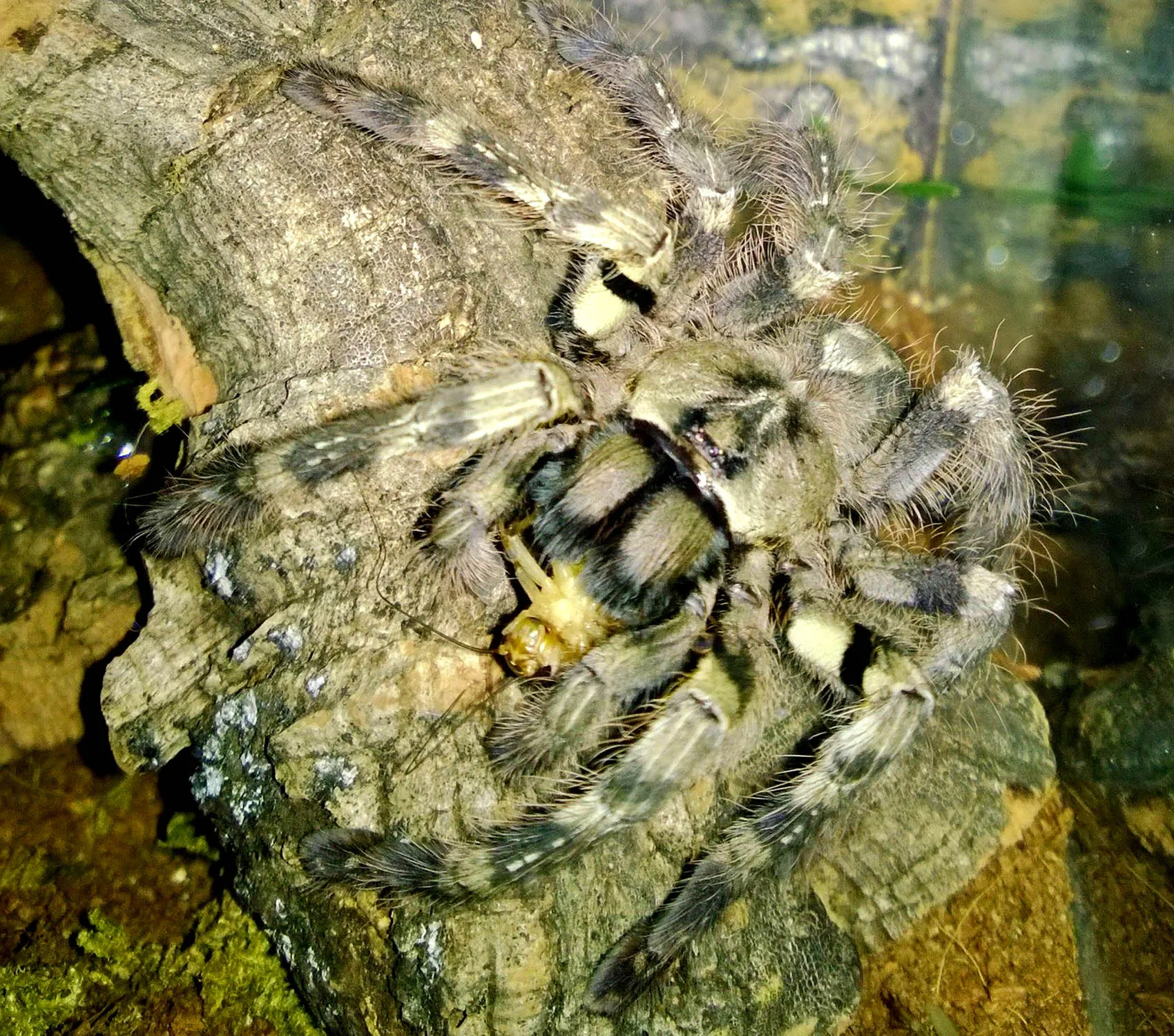What to Feed Your Tarantula
Feeding a tarantula might seem intimidating at first, but it’s a straightforward process once you understand their dietary needs. The most crucial aspect is providing the right type of food. Tarantulas are obligate carnivores, meaning they primarily eat insects. Offering a variety of insects ensures a balanced diet and keeps your tarantula healthy and thriving. It’s also important to consider the size of the prey relative to your tarantula, ensuring they can easily capture and consume it. This section provides a guide of the best food for your tarantula.
Live Insects
The cornerstone of a tarantula’s diet is live insects. Live insects provide the necessary movement, stimulation, and nutritional value that tarantulas instinctively crave. These insects should be gut-loaded before feeding them to your tarantula. Gut-loading involves feeding the insects nutritious food a day or two before they are offered to your tarantula. This practice ensures that the tarantula receives the added nutrients from the insect’s diet. A varied diet of insects is ideal to offer a range of essential nutrients.
Crickets
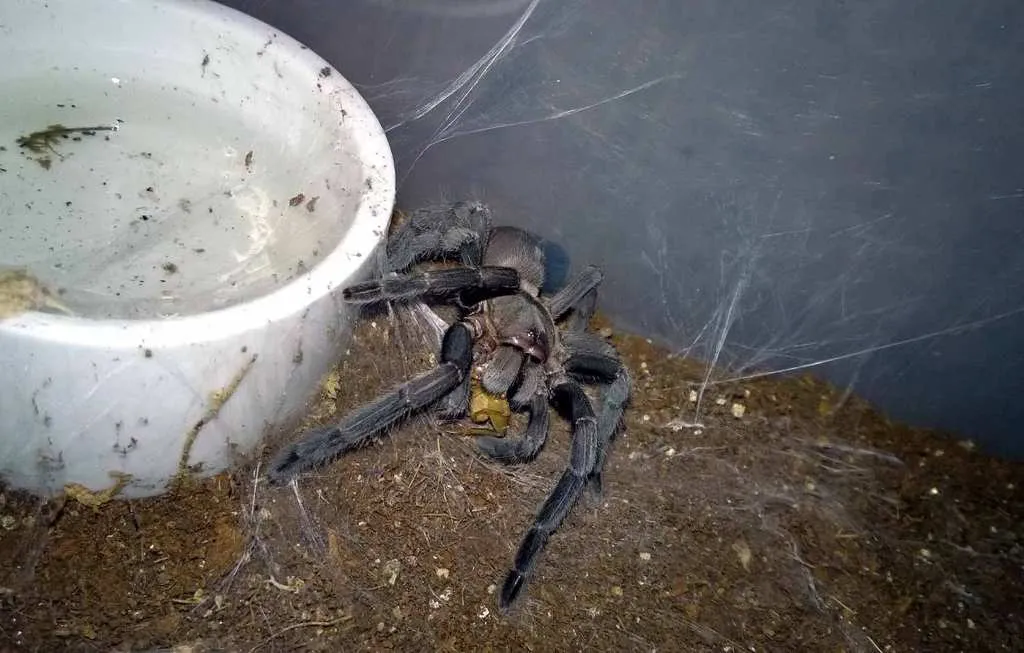
Crickets are a common and readily available food source for tarantulas. They are relatively easy to obtain from pet stores and online suppliers. Ensure the crickets are appropriately sized for your tarantula; they should be no larger than the tarantula’s body length. Before feeding, keep the crickets in a well-ventilated container with fresh food and water to gut-load them, enhancing their nutritional value. However, crickets can sometimes be noisy and may burrow, making them slightly less convenient than other options.
Roaches
Roaches, particularly Dubia roaches, are an excellent food source for tarantulas. They are highly nutritious, contain a good protein-to-fat ratio, and are less prone to escape than crickets. Roaches are also less noisy and burrowing, making them a more convenient option. They are slower-moving than crickets, making it easier for the tarantula to catch them. Similarly to crickets, roaches should be gut-loaded before feeding to maximize their nutritional value. The main drawback is the initial cost and the effort required to maintain a roach colony.
Mealworms
Mealworms can be another option to feed your tarantula, although they aren’t as nutritionally complete as crickets or roaches. Mealworms are high in chitin, a substance that is part of their exoskeleton, which can sometimes be hard for tarantulas to digest in large quantities. However, mealworms can be a good option for variety and can be easier to keep and store. Always ensure the mealworms are sourced from a reputable supplier and gut-load them before feeding. Additionally, monitor your tarantula’s molting cycle when feeding mealworms to ensure no digestive issues.
The Right Size
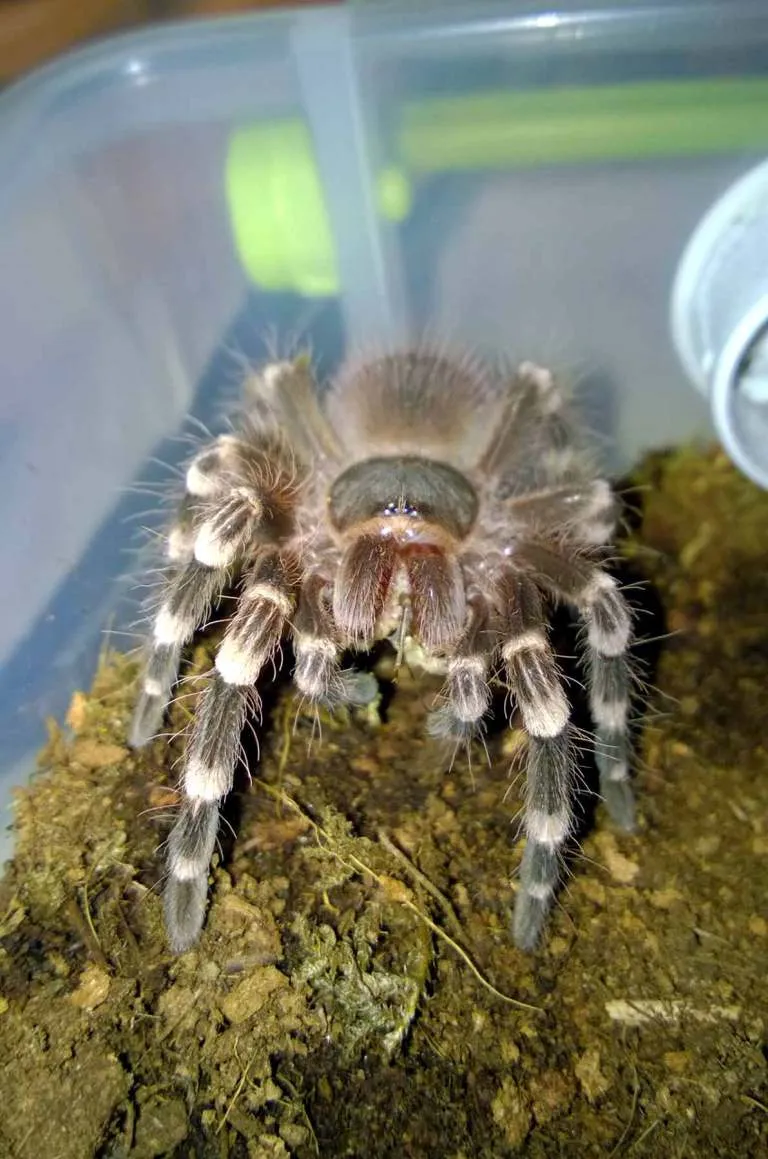
Choosing the right size prey is critical for successful feeding. The general rule is to offer insects no larger than the tarantula’s body length. For smaller spiderlings, this means offering very small insects like pinhead crickets or small mealworms. For larger tarantulas, you can offer larger crickets, roaches, or even small vertebrates. The size of the prey must be appropriate to allow the tarantula to capture and eat the food without struggle. Additionally, offering food that is too big can potentially stress the tarantula. Ensure your tarantula is eating regularly and adjust the size of prey based on its growth and appetite.
How Much to Feed
The amount you feed your tarantula depends on its age, size, and the frequency of feeding. Spiderlings (young tarantulas) need to be fed more frequently, usually every 2-3 days, while adult tarantulas can be fed once a week or even less. Observe how quickly your tarantula eats the prey; if it consistently consumes everything offered, you might slightly increase the amount. Avoid overfeeding, as this can lead to health issues. The main goal is to offer an appropriate quantity to fulfill their needs without causing health issues such as obesity.
Water and Hydration
Water is essential for a tarantula’s health. While tarantulas get some moisture from their food, they still need a constant water source to stay hydrated. Hydration is critical for their molting process and overall well-being. A lack of water can lead to health problems, including dehydration and difficulty molting. Always provide a clean, shallow dish of water, particularly in drier environments. Regular monitoring and refilling of the water dish are essential aspects of tarantula care, ensuring they always have access to fresh water.
Water Dish
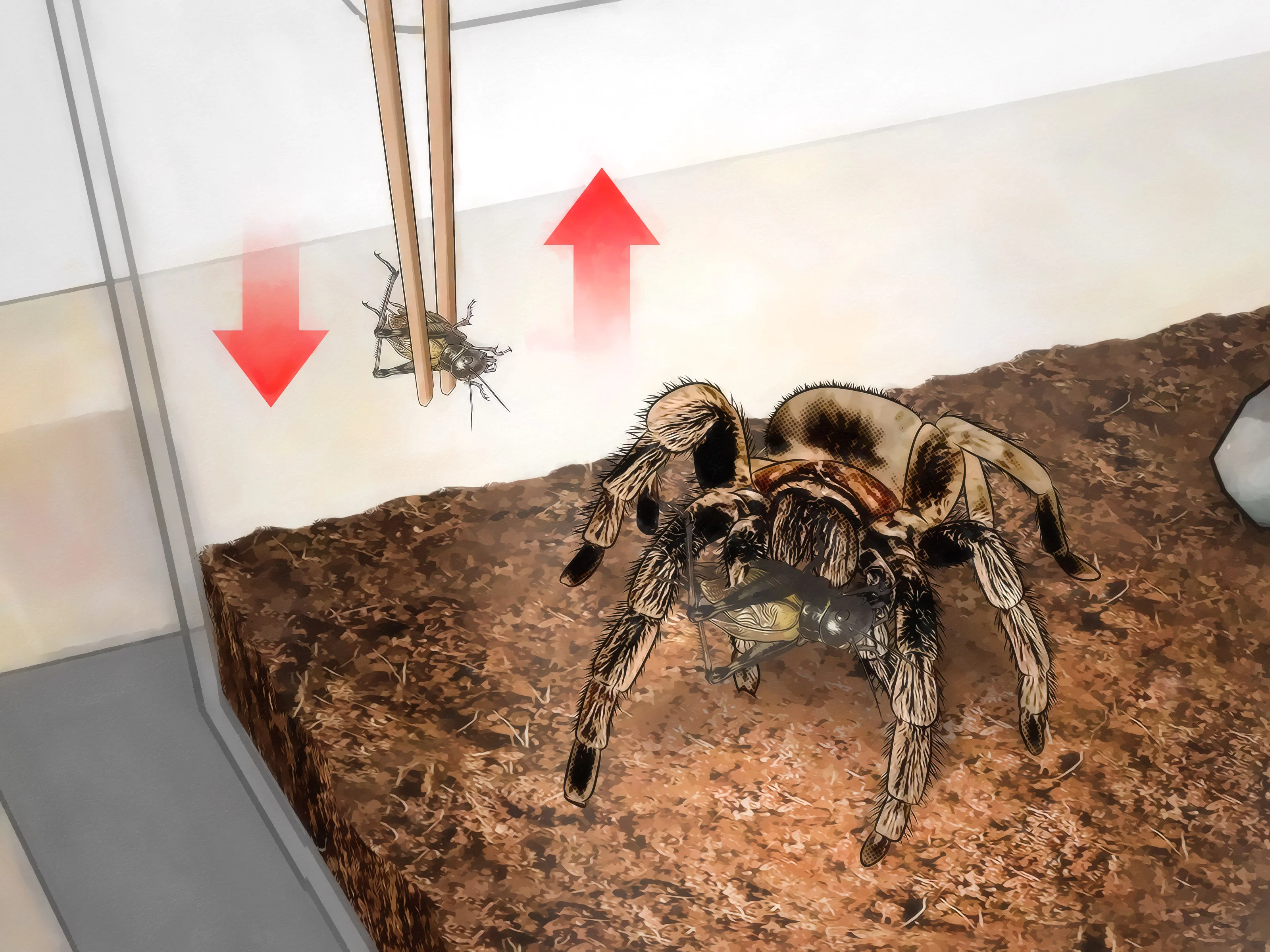
Use a shallow water dish that is easily accessible to your tarantula. The dish should be shallow enough to prevent the tarantula from drowning, especially for smaller specimens. The size of the dish should be appropriate for the size of the tarantula. Ceramic dishes are ideal since they are heavy and less likely to tip over. Clean the water dish regularly to prevent bacteria growth. Regularly check the water level and refill with fresh, dechlorinated water. The dish should be positioned in a way that is easy for the tarantula to reach without being exposed to excessive heat or direct light.
Misting
In addition to a water dish, misting the enclosure can help maintain humidity levels, especially for species that require higher humidity. However, it’s important not to over-mist, as this can lead to mold or fungal growth. Mist the enclosure lightly, typically once or twice a week, depending on the humidity requirements of your tarantula species and the environment. Always use dechlorinated or distilled water for misting. Monitor the substrate; it should be slightly damp, but not soaking wet. Adequate ventilation in the enclosure is also crucial to prevent stagnant, humid conditions.
Feeding Frequency
The frequency of feeding is a critical aspect of tarantula care that can vary depending on the age and species of the tarantula. It’s also important to consider the species of your tarantula, as some have different metabolisms. Regular observation is essential to understand your tarantula’s eating habits and overall health. Too much food can lead to health issues, while too little can result in stress and poor growth. Always adjust feeding frequency and quantity based on observation and the tarantula’s condition.
Adjusting for Age
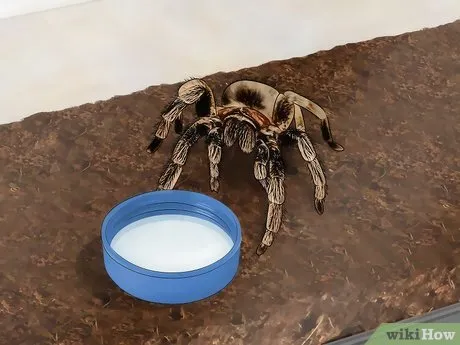
Younger tarantulas, often referred to as spiderlings, have a higher metabolism and require more frequent feeding. Spiderlings may need to be fed every 2-3 days. As tarantulas mature, their feeding frequency decreases. Subadults and adults can typically be fed once a week or even less often. Overfeeding young tarantulas can be particularly dangerous, leading to accelerated growth, which can increase the risk of molting problems. Regularly monitor their growth to appropriately adjust feeding schedules. Always consider the species-specific needs and adjust accordingly.
Molting Considerations
Tarantulas stop eating before they molt, as the molting process is physically demanding. If your tarantula refuses food, it may be preparing to molt. Do not offer food during this time, and avoid disturbing the tarantula. Provide a humid environment, especially if you’re using dry substrate, to facilitate the molting process. Once the tarantula molts, it will be vulnerable and its exoskeleton is soft. Wait a few days after molting before offering food to allow its new exoskeleton to harden completely. Observe for any unusual behavior, such as lethargy or changes in posture.
Handling Food
Handling food correctly is important for your safety and the tarantula’s well-being. Always use tongs or long tweezers to offer live insects. This helps keep your hands a safe distance from the tarantula’s fangs and reduces the risk of bites. It also allows you to position the food in a way that encourages the tarantula to hunt and eat. Be gentle and avoid startling the tarantula when offering food, as sudden movements may cause it to react defensively. Proper handling is a fundamental practice to ensure a safe and positive feeding experience.
Removing Uneaten Food
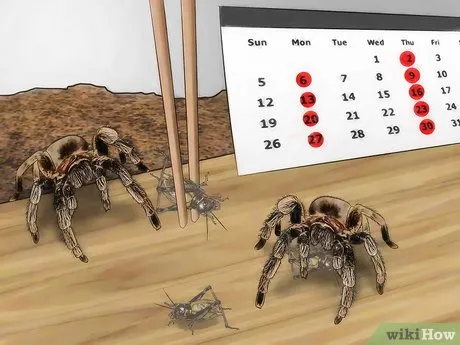
Uneaten food should be removed within 24 hours. Leaving uneaten insects in the enclosure can stress the tarantula and could potentially injure it during molting. Crickets, in particular, can bite the tarantula, causing harm. If you notice uneaten insects, remove them promptly. Regular monitoring of the enclosure is essential to ensure the tarantula’s safety and hygiene. Removing uneaten food reduces the risk of the tarantula being disturbed during molting. Use tongs or tweezers to carefully remove any uneaten prey. Regularly inspect the enclosure for uneaten food to maintain optimal conditions.
Avoid Overfeeding
Overfeeding can lead to various health issues, including obesity and molting problems. A tarantula that is too well-fed may be less active and less likely to eat properly when it needs to. It can also cause the tarantula to grow faster, which may lead to complications during molting. Monitor your tarantula’s abdomen; it should be proportionate to its body. If the abdomen becomes overly large, reduce the feeding frequency and quantity. Maintaining a proper feeding schedule, appropriate to your tarantula’s age and species, is essential for its health and longevity. Proper feeding habits contribute significantly to the overall well-being of the tarantula.
